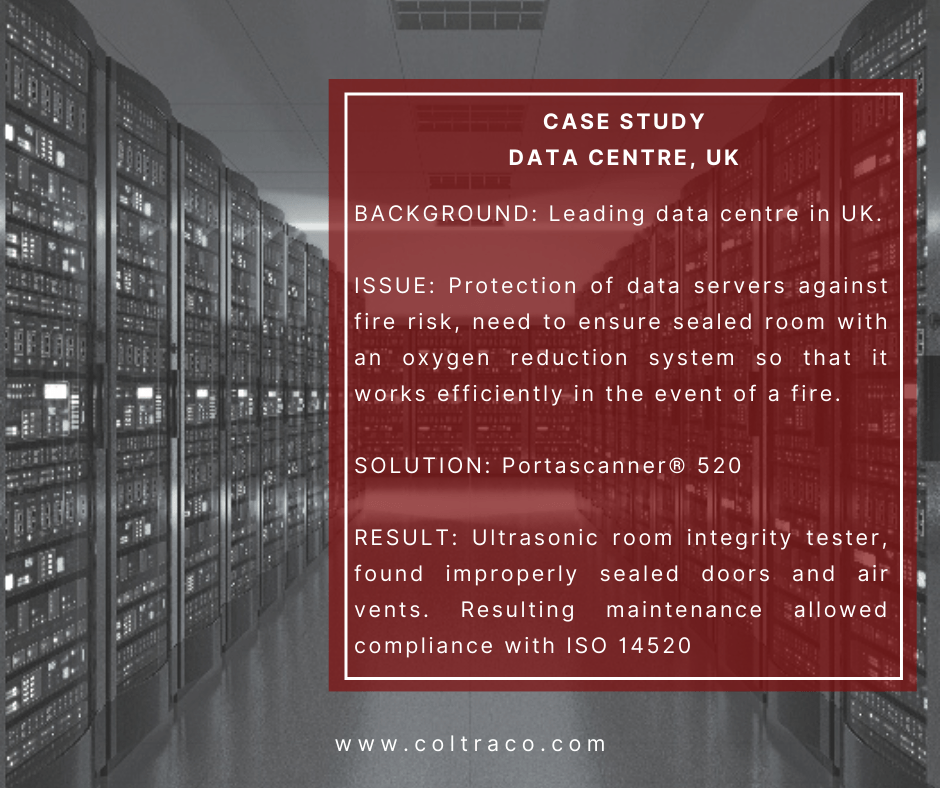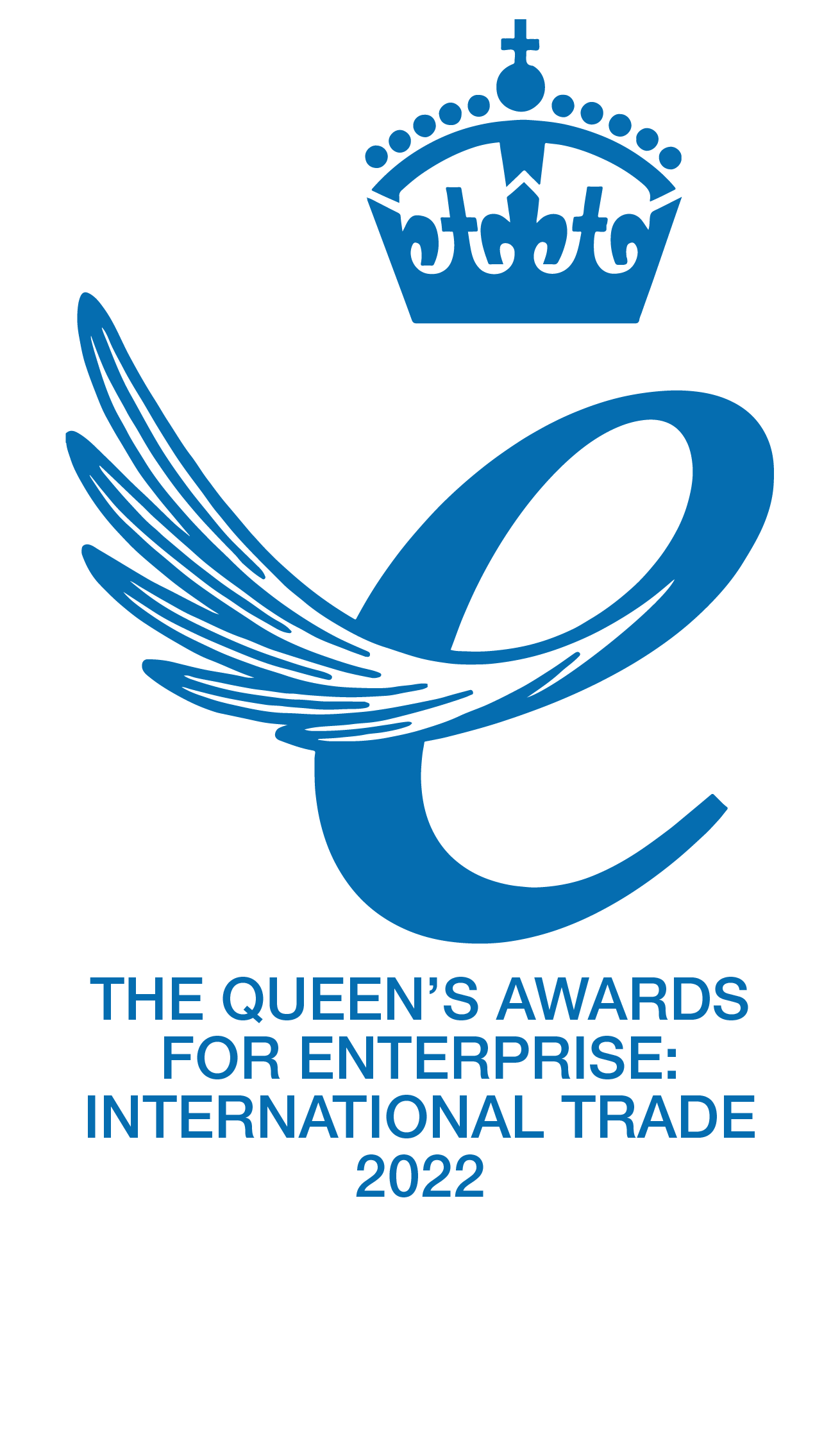Technology must solve industry problems. Not only to become a successful business in terms of profitability but in terms of sustainability and genuinely offering service to the industry in order to reduce risk, improve safety and hopefully have a small part in saving lives. We have provided a smart solution to quick and easy assurance of compartmentation using ultrasound to detect signal leaking through any apertures within the barriers.
Ultrasonic room integrity testers provide interpretation of the fire resistance of the desired locations, labelling them either airtight or giving an indication of the overall leakage of the room. The advantages of being able to accurately detect the exact leak locations and size are self-evident when considered alongside the resistance to collapse and transfer of excessive heat. In a case where there is too much leakage in a room, the ultrasonic room integrity tester is an unrivalled ideal for the rapid and accurate identification of these sites so that they can be sealed. It is lightweight, fast and easy to use, allowing leak site detection to increase its operational efficiency and speed to a degree that has never been seen thus far in the Fire Industry.
The technology exists right now to solve this problem.
In 2019 with the continuing developments in technology there is an expectation that safety should be all encompassing. We cannot let this expectation continue to be a fantasy.Case Study: Oxygen Reduction System – Data Centre, England 2018Oxygen Reduction System and Need for Monitoring: Oxygen Reduction system works by taking Nitrogen from the air outdoors and pumping this into the room consistently in order to suppress oxygen levels, down to the level where combustion can no longer occur. To ensure the system works safely and efficiently, room integrity is of utmost important for two reasons: (1) A properly sealed room will contain the Nitrogen for a longer period of time, therefore putting less work on the air compressor in order to save energy. (2) If Nitrogen starts to leak from the Server Room, there are safety concerns over where this Nitrogen would leak to as it has the potential to harm occupants in other rooms if the Nitrogen leaks into their room and the oxygen levels were unmonitored.
Testing of the Server Room: The Server Room had an area of about 91 metres square. Several areas were tested with an ultrasonic room integrity tester where leakage was probable and the readings were noted on the drawings. These were the doors, vents, cable penetrations and also sections of the wall where gaps were visible.
Results: The ultrasonic room integrity tester identified the main source of leaks for the room, the doors, where full readings were clearly detected. Multiple air vents in the room were also improperly sealed and some leakage was found into the external room. Cable penetrations leading to the area outside the Server Room were also found to be leaking.
Conclusions: Once the required maintenance was conducted and assuming no changes were made to the room, it is safe to assume that the room retains its integrity, thus comply and exceed current ISO 14520 regulations requiring periodic inspections of room integrity whereby visual inspection is usually specified and is not sufficient. The most suitable way to address periodic inspections is through the use of ultrasound.
Get further information on the Portascanner 520.
[contact-form-7 id=”401″ title=”portascanner 520″]






